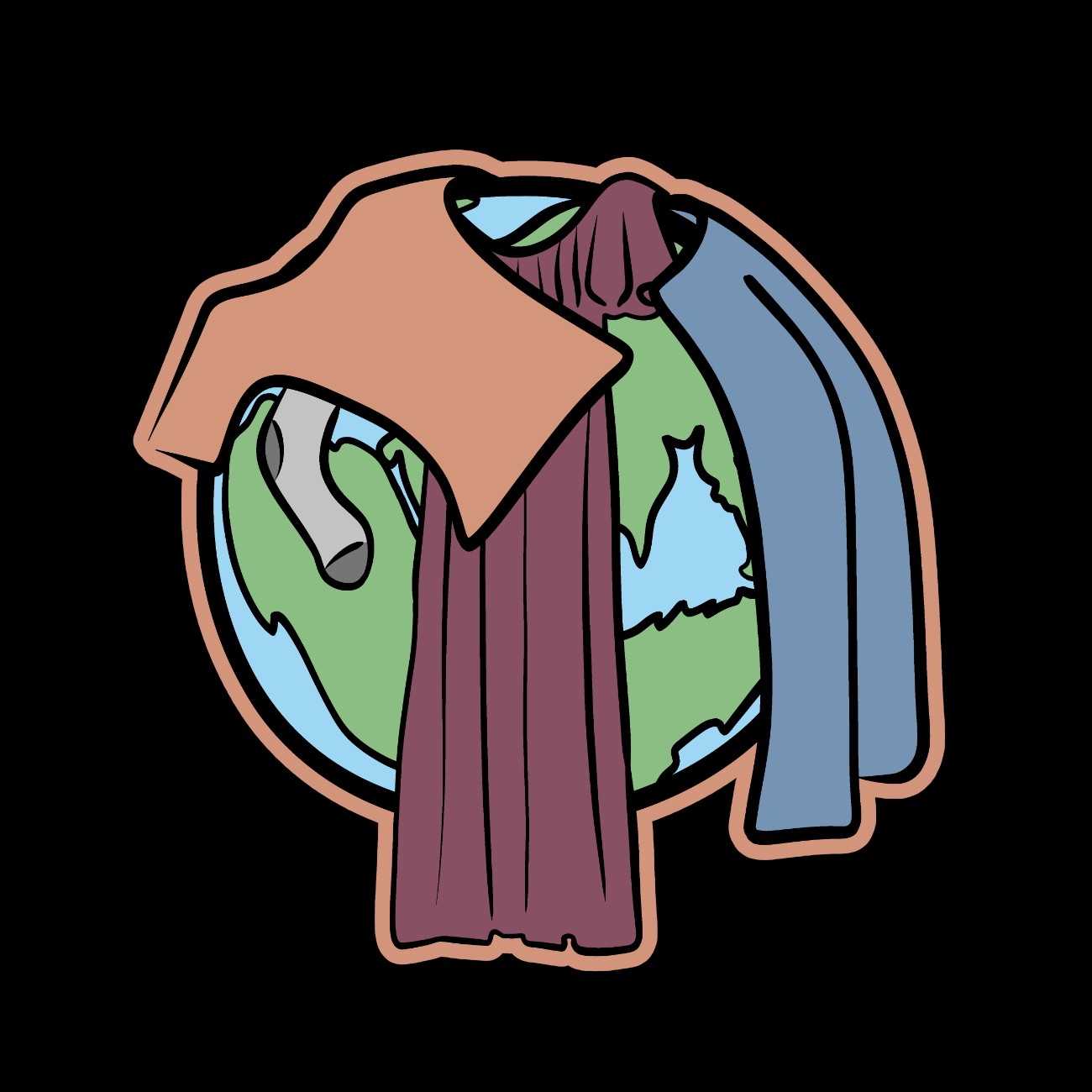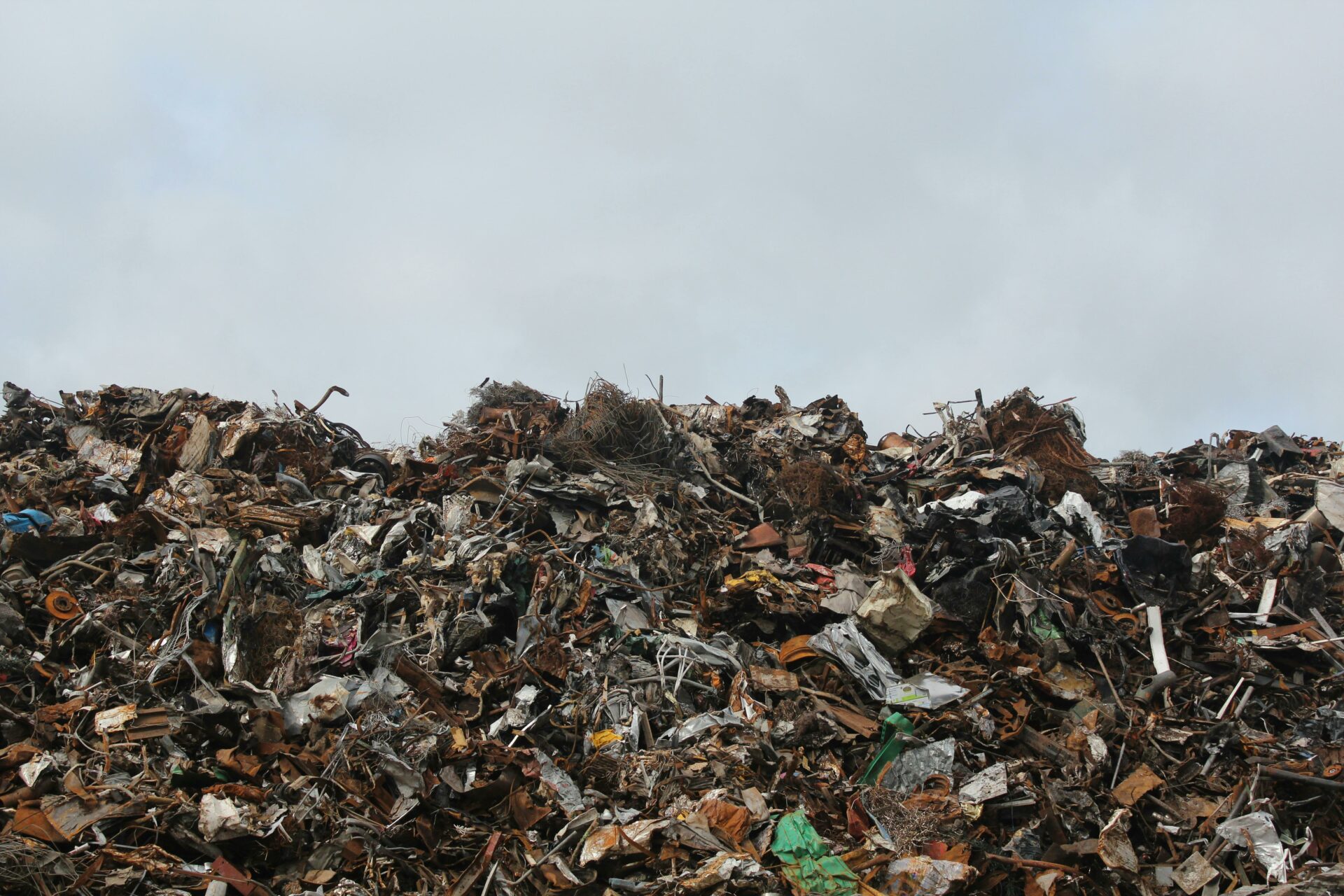Where does clothing go when you’re done with it?
Dead White Man’s Clothes:
Photo: velichor
Where does clothing go when you’re done with it?
A lot of it ends up in Kantamanto Market, one of the largest secondhand clothing markets in the world where over 30,000 vendors attempt to sell the ~15,000,000 garments that pass through it every week.
The Journey
A stained t-shirt is tossed onto an overflowing donation bin outside of a thrift store. The donor walks away, feeling better already. They just helped people in need by donating that shirt, and helped save the planet by keeping it out of the landfill… right? Not quite.
The t-shirt and the rest of the clothing in the donation bin are donated or sold to a used clothing broker. Somewhere along the line, the t-shirt is packed into a plastic bale with roughly 200 other t-shirts, which then joins many other bales in a shipping container. The broker then sells the clothing to importers in Accra, Ghana for as much as $95,000 per container.
The t-shirt arrives at Kantamanto Market via ship, and the container it belongs to is emptied into the possession of the importer. The t-shirt spends some time in the bale, which is then picked up by a Kayayo—a head porter—and sold to a market vendor, who cuts open the bale. The tightly-packed clothing spills out, and is sorted into three or four selections: first, second, third, and fourth.
The vendor tosses one into first selection: a t-shirt that still has its tag. Several shirts in poor condition go into third selection: they may not sell. A couple lightly worn shirts go to second selection. Some of them will have to be washed, ironed, mended, re-dyed, re-printed, or tailored. Then, the stained t-shirt is picked up by the vendor, assessed, and thrown into fourth selection without hesitation—asei, or trash.
That whole process, only to be a disappointment to a vendor looking to make ends meet, the garment tossed aside, ending up in a Ghanaian landfill instead of a North American one.
The t-shirt endures that whole process, only to disappoint a vendor looking to make ends meet. It lands, tossed aside, in a Ghanaian landfill, instead of a North American one. One man’s junk is another man’s junk.
The above is just an example, and numbers are averages. Not every donated garment travels this journey, and not all garments that arrive in Kantamanto are donated in the first place.
Dead White Man’s Clothes . org
Dead White Man’s Clothes is a research project coordinated by The OR Foundation that covers the secondhand clothing trade in Ghana—a major dumping ground for exported secondhand clothing from the Global North—and its environmental, social, and economic implications.
The imported clothing has earned itself the name Obroni Wawu—”the white man has died clothes”—from the locals, which is rooted in the idea that someone wouldn’t give away clothing unless they were dead. It’s a reminder of the epidemic of consumption in the Global North.
You can learn more about Dead White Man’s Clothes, Kantamanto market, and Ghana’s secondhand clothing trade at the Dead White Man’s Clothes website.
I am not sponsored by or affiliated with Dead White Man’s Clothes or The OR Foundation in any way.
Photo: Emmet, Pexels
Sources
Click on text for specific sources.


join the conversation…
Tags